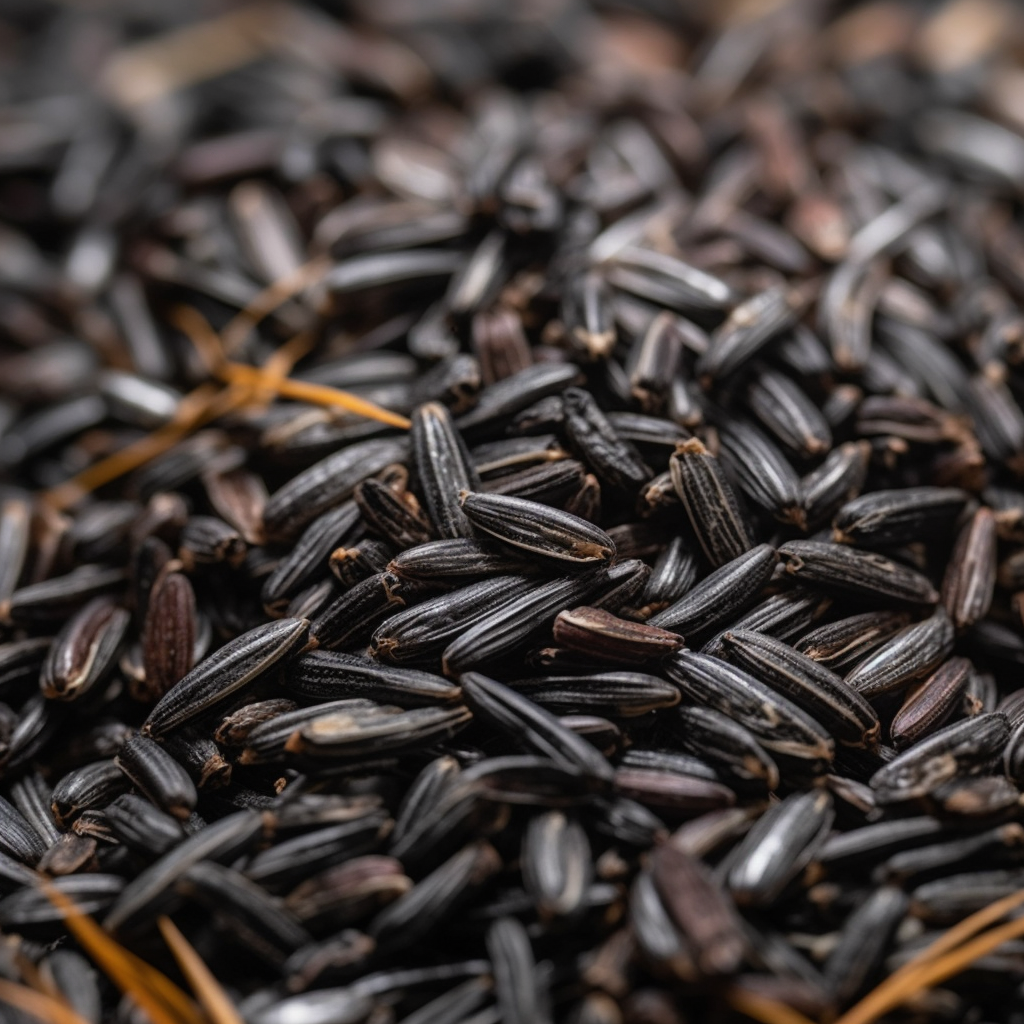May 17, 2024
Manoomin – Protecting Sacred Wild Rice from Climate Change
Book a Demo
The sacred wild rice, known as manoomin, that is integral to the peoples of the Upper Midwest, is currently under threat from climate change and human activities. This special grain, deeply revered and cherished by communities like the Anishinaabe, is more than just a source of sustenance. It is a symbol of their cultural identity and tradition, and its survival is being ardently fought for by individuals such as Dr. Dwayne Jarman and the Anishinaabe community.
“Good berry”, as it is known in Anishinaabemowin, the language of the Anishinaabe people, wild rice is irrevocably intertwined with the cultural identity and traditions of the Anishinaabeg. Manoomin is not just a grain; it is a cultural icon, a lifeline that threads through their history, beliefs and way of life. Its importance can hardly be overstated, and yet, it is a species in peril.
The survival of wild rice is predicated on very specific environmental conditions. This makes it particularly susceptible to threats such as deforestation, temperature changes, and extreme weather conditions. Each of these factors, magnified by the overwhelming impact of climate change, is posing a severe risk to the continued growth and survival of this sacred grain.
Interestingly, wild rice also serves another important role in the ecosystem – it acts as an indicator species. This means that the health and well-being of wild rice reflect the broader ecological health. Its struggles are a stark showcase of the impacts of climate change on ecosystems. The challenges faced by manoomin are the challenges that the environment is grappling with on a larger scale.
The revival of manoomin is, therefore, an issue that goes beyond the preservation of a species. It is about conserving traditions and cultural identity. It is about maintaining biodiversity and the resilience of ecosystems. The protection of wild rice is a matter that resonates with the collective responsibility of preserving our environment and the rich cultural tapestry that it sustains.
The effort to protect and revive wild rice requires a collaborative approach. It calls for individuals, communities, and governments to work hand in hand to ensure the survival of wild rice and the preservation of Indigenous knowledge. It is a cause that demands collective commitment, a shared vision, and a concerted effort from all stakeholders.
The story of wild rice is a tale of resilience, of cultural identity, and of the profound impact of climate change. But it is also a story of hope, of communities like the Anishinaabe and individuals like Dr. Dwayne Jarman who are working tirelessly to ensure the survival of this sacred grain and the traditions that it embodies. The mission to save wild rice is a testament to the enduring spirit of humanity and the indomitable will to preserve our shared heritage.
Science4Data is committed to cut through greenwashing and measure real impact. Join the journey to a sustainable future. Your actions matter.



